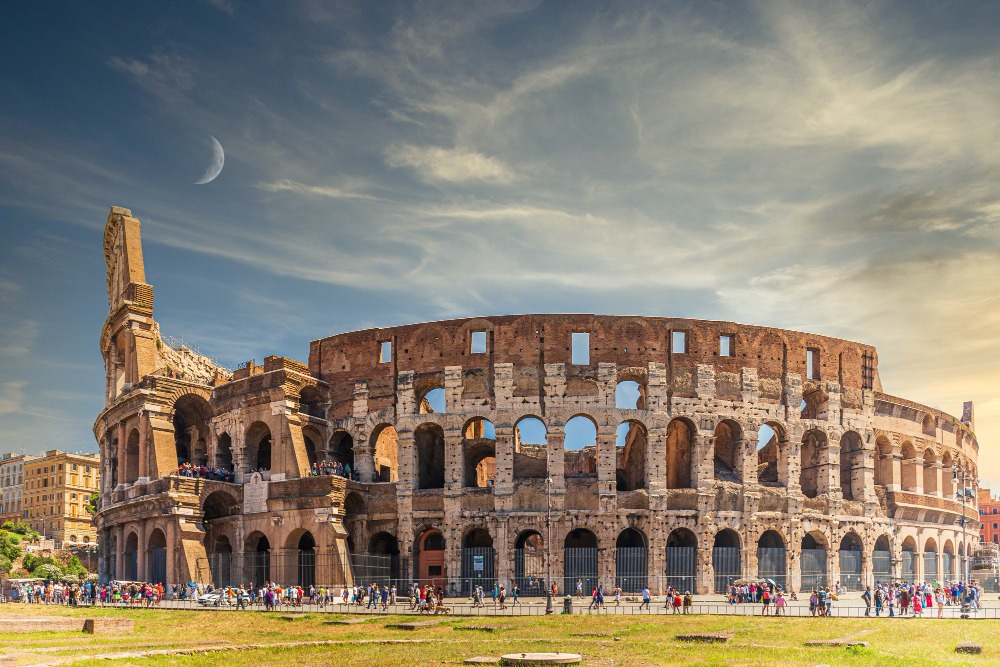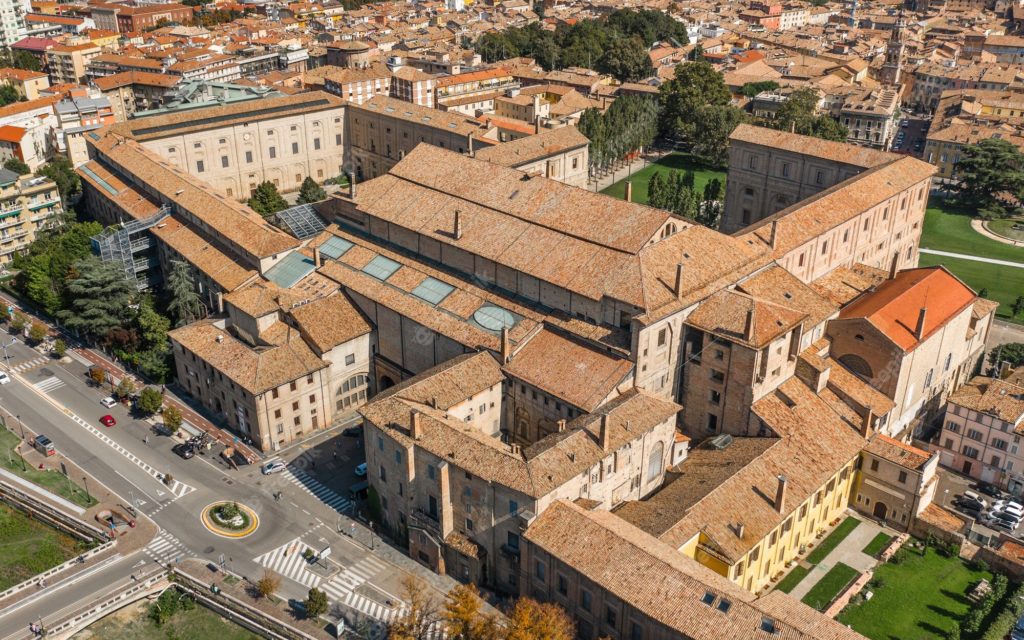
Book a demo
Cultural heritage is a fundamental component of a country's history and identity. Historical buildings, in particular, are tangible symbols of our heritage and have to be preserved for the upcoming generations. However, the preservation of these buildings is often complicated due to several practical facts and how to implement the proper systems of prevention without compromising the architectural aspects.
Luckily, technology is offering new solutions to preserve these precious treasures. Structural monitoring and predictive maintenance are two technologies that are making a significant difference in the preservation of historical buildings.
Monitoring involves the use of sensors and surveillance technologies to constantly monitor the structural integrity of buildings. Thanks to an IoT platform it is possible to collect and process a huge amount of data, which are collected from sensors installed in the structure. Monitor, detect, control the signs of degradation such as cracks or settling, and provide the maintenance team with useful information. This allows anomalies to be quickly identified and measures taken to prevent further deterioration.
On the other hand, AI algorithms are implemented for predictive maintenance, as a matter of fact algorithms analyse and train data collected from sensors and the outcome is a prediction about the maintenance plan that should be followed. This allows conservation managers to plan preventive maintenance instead of having to react only when problems become severe.

In Italy, these IoT technologies are already making a big difference in the preservation of historic buildings. For example, the Colosseum in Rome has been equipped with an advanced monitoring system that constantly monitors its structural integrity. This has allowed the identification of the anomaly and prevention from worsening.

Another example is the Palazzo della Pilotta in Parma, which has been equipped with a monitoring system that includes predictive maintenance. This system uses sensors and AI algorithms to constantly monitor the structure and predict future maintenance problems. This has reduced maintenance costs by scheduling preventive interventions and ensuring long-term preservation of the palace itself.
To sum up, the overall benefits of intelligent monitoring of historic buildings and sites are:
In conclusion, the past offers many opportunities to preserve our future. Through monitoring and predictive maintenance, we can protect historical buildings for future generations and ensure our legacy is preserved forever.
Fill out the form at the end of the page to request information on products or partnerships.